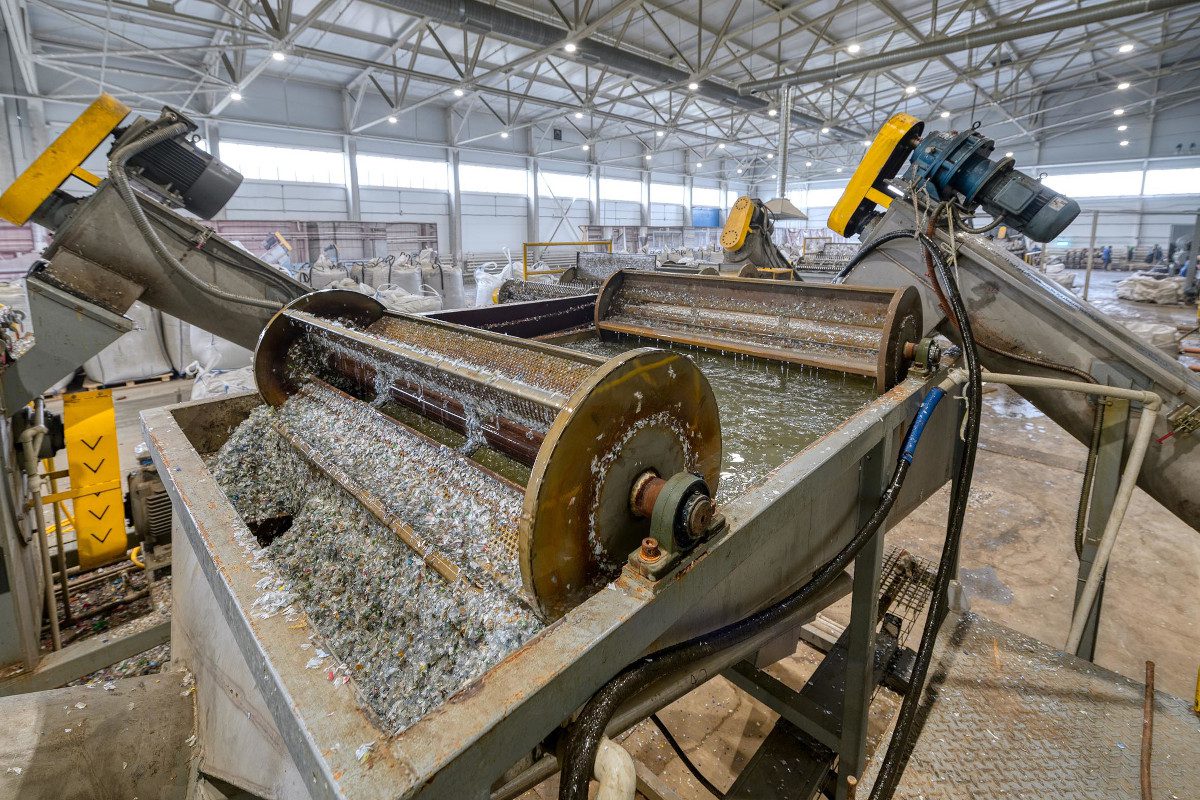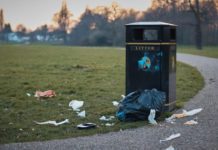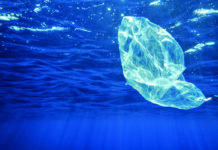
Australian researchers have identified a new, or previously overlooked, culprit in the release of microplastics into the environment: The shredding process used to recycle plastics.
The group say they have also developed a preventative measure to reduce its impact on the environment.
Professor Faisal Hai, Director of The University of Wollongong’s Strategic Water Infrastructure Lab, and Dr Michael Staplevan, who recently completed his PhD on microplastics from UOW, have been researching the generation of microplastics from various sources globally.
Early this year, as published in Science of the Total Environment, they discovered that the current process of recycling plastic is in fact creating and releasing more microplastics into the environment. They subsequently discussed this in a commentary published in Science.
Further research recently published in the Journal of Water Process Engineering seems to have established that a simple tweak to this recycling process could potentially reduce the amount of microplastics entering the environment from recycling plants.
The first step of the current plastic recycling process is to shred the plastic and this is where the problem lies.
“Usually during the plastic shredding process microplastics are generated, which then go into a washing bay. This is where the microplastics can leach out into the environment,” Dr Staplevan said.
“During the analysis, as I was sieving the microplastics to get them into different size ranges to count them, I realised this could be an easy solution where the plastic recyclers just sieve the plastic before they wash it.
“Embedding a sieving phase into the current plastic recycling process to capture microplastics might be a nice simple solution and from the results in our lab scale study it showed that it was effective.
“In the experiment, with a single pass through a 5mm sieve, a consistent result of a 96 per cent reduction in microplastics was achieved.
“It is an exciting discovery as people can start thinking about the prevention of microplastics, rather than the cure.”
Professor Hai said this discovery has the potential to change industry attitudes to the problem of microplastics production.
“The process of sieving is not new, and sieves are used by various industries for numerous applications, but until now it has not been applied in this way in the plastic recycling process,” Professor Hai said.
“These technologies already exist, like a mechanical sieve, that you could just implement in your system train, and it should be a lot easier and cost effective to implement than rather a whole expensive wastewater treatment process.”
The researchers are calling on industry to take the discovery into a pilot program to trial implementing the change.
“The sieving solution could prove to reduce the unnecessary release of microplastics into the environment and solve another industry pain point,” Dr Staplevan said.
“Due to the loading rates of microplastics at the plastic recycling facility, you often get lots of microplastics coming out which can block up any wastewater treatment filtration unit. You need to stop, wash that out and reset.”
“Whereas if you try to capture it before it gets into the wastewater, then you are reducing the risk of any microplastics having a chance to escape because you are containing it in a controlled environment.”






